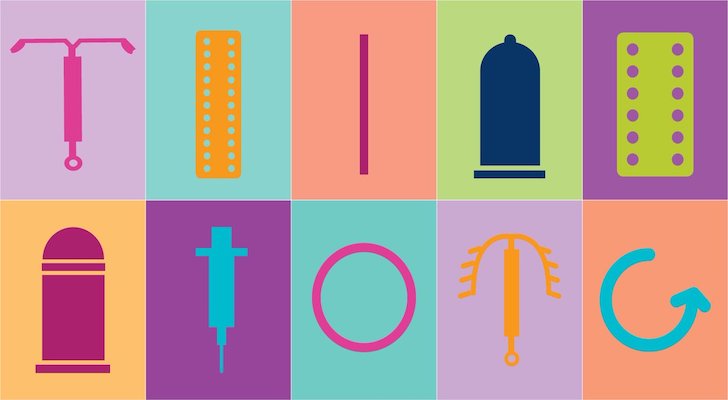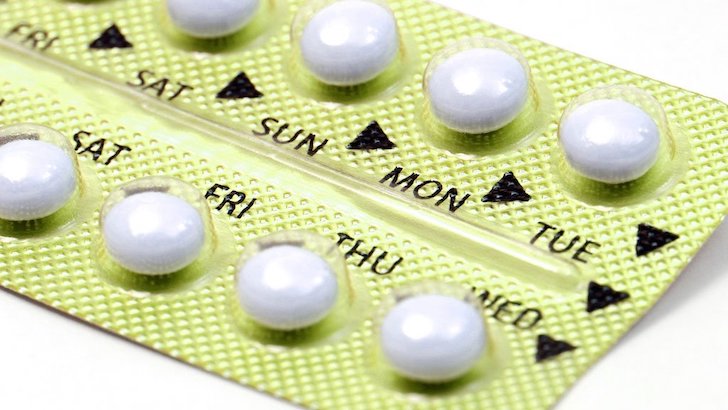
Birth control refers to methods that reduce the likelihood of pregnancy. Reasons for considering contraception vary and may include personal, social, or economic factors. These methods are used by people across age groups depending on health history and preferences. Options differ in characteristics and effectiveness among individuals. Factors often discussed in relation to method selection include age, tobacco or alcohol use, medical history, chronic conditions, and concurrent medications. Below is an overview of commonly referenced contraception methods for women.

One frequently cited option is the birth control ring. A small flexible ring is placed in the vagina and releases hormones locally. Its primary mechanisms are described as suppression of ovulation and changes in cervical mucus, which together reduce the chance of sperm reaching an egg. Many products in this category contain progestin and estrogen. Some materials note additional non-contraceptive effects described with combined hormonal methods. Use typically follows a cyclic schedule determined by product labeling.

For individuals not planning future pregnancies, permanent sterilization is described as a highly effective option. Effectiveness rates reported in studies approach the upper range among contraceptive methods. Sterilization does not alter typical hormone levels. As with any procedure, potential risks and benefits are discussed in clinical sources, and descriptions emphasize that decisions about permanence vary by person and circumstance.

Another widely used method is a small contraceptive implant placed in the arm. Multiple brands exist. The implant is a thin rod inserted beneath the skin by trained personnel. Descriptions of its action include consistent release of progestin, ovulation suppression in many users, and increased viscosity of cervical mucus. The device is designed to remain in place for an extended interval specified by the manufacturer.

Some users select an intrauterine device (IUD). This small T-shaped device is placed in the uterus. Hormonal IUDs release progestin that thickens cervical mucus and may alter endometrial conditions; copper IUDs create an ionic environment unfavorable to sperm. Both types are categorized as long-acting reversible contraception. Descriptions focus on local effects that reduce the chance of fertilization.

The birth control shot is another progestin-based method. Materials describe thickening of cervical mucus and suppression of ovulation as common mechanisms. The injection is administered at regular intervals defined in product labeling. Like other contraceptives, this method is intended for pregnancy prevention and is not designed to prevent sexually transmitted infections (STIs).

A long-standing option is the condom, a barrier that physically separates semen from the vaginal canal. Condoms are typically made of latex or synthetic materials; lambskin variants are described but are not designed to provide broad STI protection. When used correctly and consistently, barrier methods can reduce the likelihood of pregnancy and, for latex/synthetic types, can reduce the transmission of many STIs.

Among oral methods, combined oral contraceptive pills are commonly discussed. These pills contain estrogen and progestin and are designed to inhibit ovulation and alter cervical mucus. Tolerability varies, and product information includes labeled precautions and potential effects. Oral contraceptives are categorized as reversible and are typically used on daily schedules.

Natural family planning (fertility awareness-based methods) relies on observation and recording of fertility indicators such as cycle timing, basal temperature, and cervical mucus patterns. Reported effectiveness varies by technique and consistency of practice. In overviews, this approach is presented as a non-pharmacologic method whose outcomes depend on monitoring accuracy and adherence to the chosen method’s rules.

In summaries of contraceptive options, condoms, pills, implants, injections, sterilization, and the vaginal ring are often listed among widely used methods to reduce the chance of pregnancy. Safety profiles and effectiveness differ across methods and by individual context. Overviews commonly note that selection involves considering reversibility, duration, potential effects, and compatibility with personal circumstances, without prescribing a specific choice.
Learn more about birth control options at Planned Parenthood.

